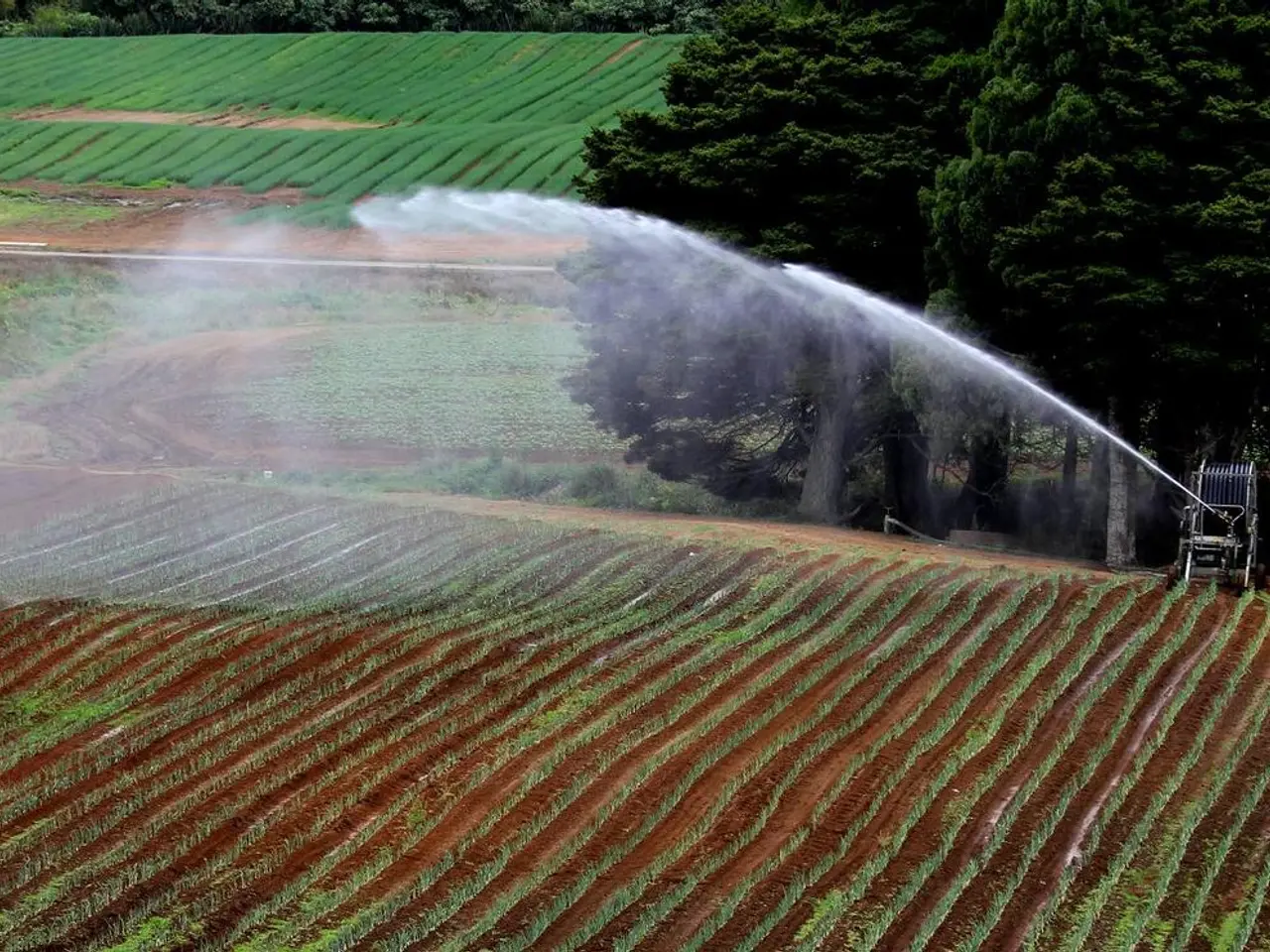Evolution of Agriculture: The Role of Spot Farming in Promoting Sustainable Cropping Densities
In the world of modern agriculture, a new method is emerging that promises to revolutionise the way we grow our crops while preserving the environment. This innovative approach is called Spot Farming.
Spot Farming is a systems-oriented agricultural model that combines precision technologies with ecological principles. Originally developed for German arable land, it is adaptable to various landscapes, making it a potential game-changer for agriculture worldwide.
At its core, Spot Farming divides land into smaller "spots" based on soil ecology such as soil type, microclimate, or yield relationships. Modern computing technologies are used to map these zones, and autonomous robots are employed for efficient planting, fertilizing, and protection at the plant level. This method significantly reduces seed quantities and improves resource access, thereby enhancing efficiency and resilience.
One of the key benefits of Spot Farming is its environmental impact. Energy savings of up to 40% in field operations and significantly lower pesticide use are environmental benefits that make Spot Farming an attractive choice for those concerned about the environment. Additionally, Spot Farming reduces soil compaction and erosion at the field level, and at the landscape level, it restores ecological balance and reduces erosion.
The economic potential of Spot Farming is also promising. Lower input costs and higher uniformity support profitability and quality control in Spot Farming. Long-term cost benefits require proof, and initial investment is high, especially for smallholders. However, research collaboration, supportive policy incentives, and economically viable pilot projects are solutions to this challenge.
Spot Farming also has social implications. Automation in Spot Farming eases labor shortages, and it preserves multifunctional landscapes that provide cultural and recreational value.
However, there are challenges to be addressed. Robotics and artificial intelligence in Spot Farming need to advance to address current equipment struggles with even spacing. Current cultivars are not suitable for sparse equidistant systems, and ongoing breeding trials are being conducted at the Julius Kühn Institute to address this issue.
Autonomous systems in Spot Farming must pass rules that address issues with energy infrastructure and safety, similar to self-driving cars. Institutions like Julius Kühn Institute, Thünen Institute, and TU Braunschweig are pioneering Spot Farming, and early studies suggest that biodiversity services such as pollination could rise by 15-25% when ecological connectivity is embedded in the Spot Farming system.
In conclusion, Spot Farming directly supports sustainable intensification by using precision technology and ecological design. It aims to reflect the natural heterogeneity of field variability to maximise agricultural production while minimising environmental impact. As research and technology continue to advance, Spot Farming could become a cornerstone of future agriculture.








